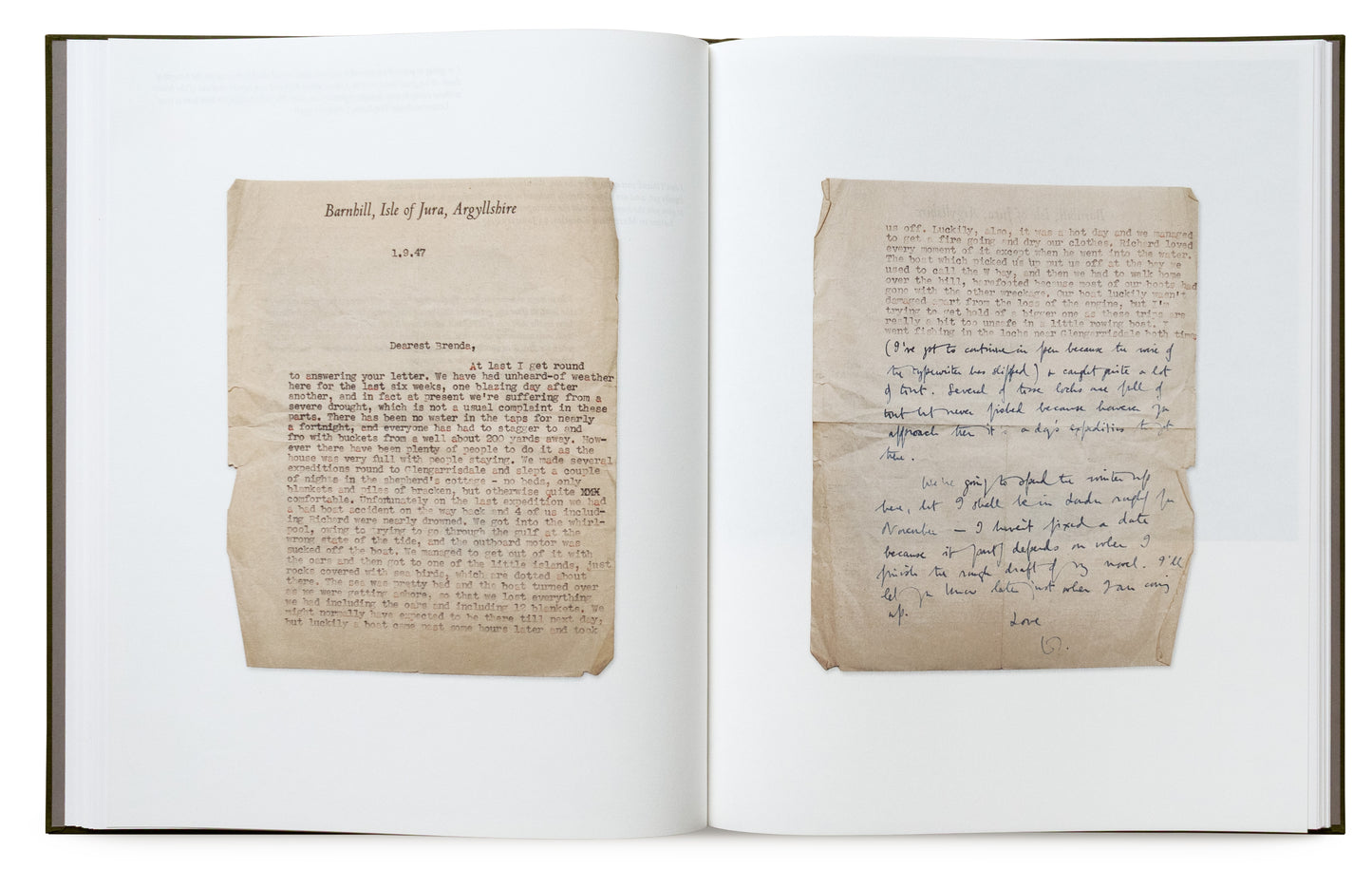An Extremely Un-Get-Atable Place
An Extremely Un-Get-Atable Place
by Craig Easton
Pre-order. Expected December 2025 UK / January 2026 US.
Couldn't load pickup availability
‘It’s an extremely un-get-atable place, but it’s a nice house and I think I can make it quite comfortable with a little trouble.’—George Orwell
An Extremely Un-get-atable Place is a lyrical reimagining of the time that writer George Orwell lived at Barnhill, a remote farmhouse on the Isle of Jura in Scotland. It was here that Orwell wrote his landmark book Nineteen Eighty-Four—a dire warning of the dangers of totalitarianism and political despotism. Photographer Craig Easton was invited to stay at Barnhill—largely unchanged since Orwell’s time—where he made a series of landscape and still life images. In Easton’s new book, these photographs are presented alongside extracts from Orwell’s letters and diaries written on the island.
More about this book
More about this book
Published December 2025
Text by Richard Blair
270 x 330 mm
100pp, 58 images
Hardback
ISBN 978-1-80598-014-8
Share







In the press
From the author
-
-
- Craig Easton







